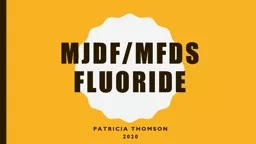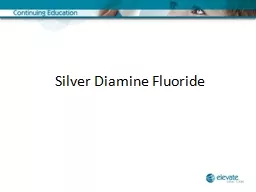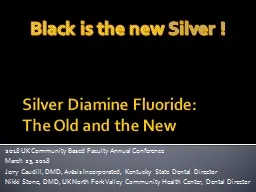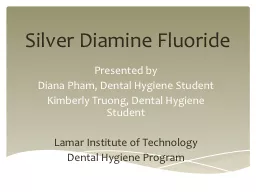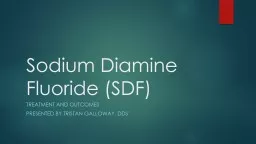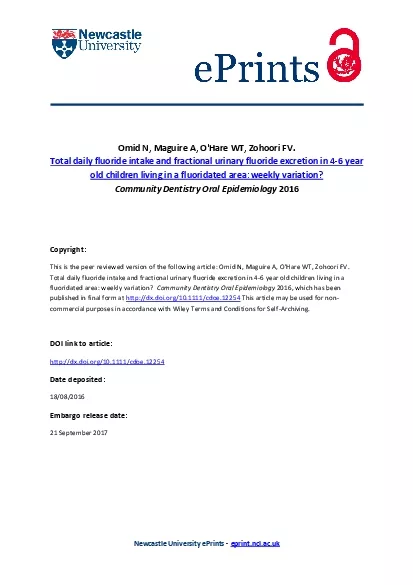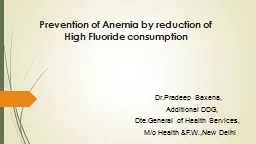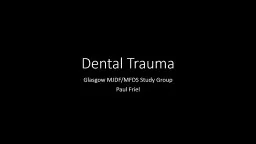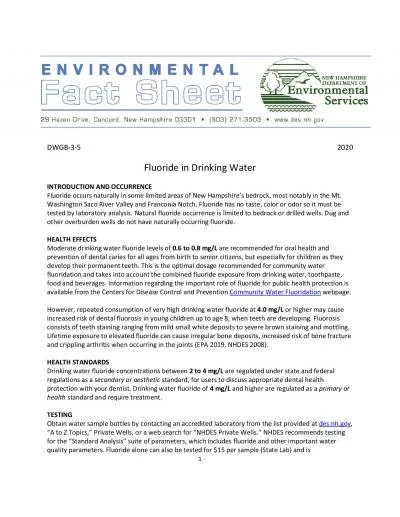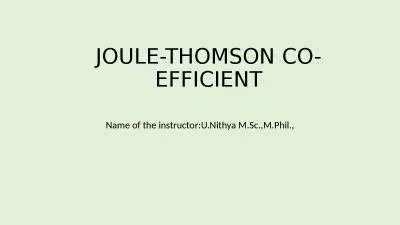PPT-MJDF/MFDS Fluoride Patricia Thomson
Author : ruby | Published Date : 2022-06-14
2020 Action Fluoride is an active chemical treatment for carious lesions The mode of action is to enhance the remineralisation of initial caries defects and inhibit
Presentation Embed Code
Download Presentation
Download Presentation The PPT/PDF document "MJDF/MFDS Fluoride Patricia Thomson" is the property of its rightful owner. Permission is granted to download and print the materials on this website for personal, non-commercial use only, and to display it on your personal computer provided you do not modify the materials and that you retain all copyright notices contained in the materials. By downloading content from our website, you accept the terms of this agreement.
MJDF/MFDS Fluoride Patricia Thomson: Transcript
Download Rules Of Document
"MJDF/MFDS Fluoride Patricia Thomson"The content belongs to its owner. You may download and print it for personal use, without modification, and keep all copyright notices. By downloading, you agree to these terms.
Related Documents

